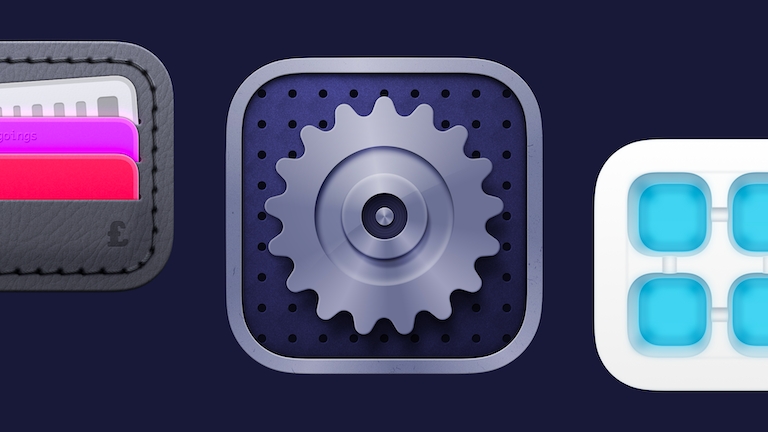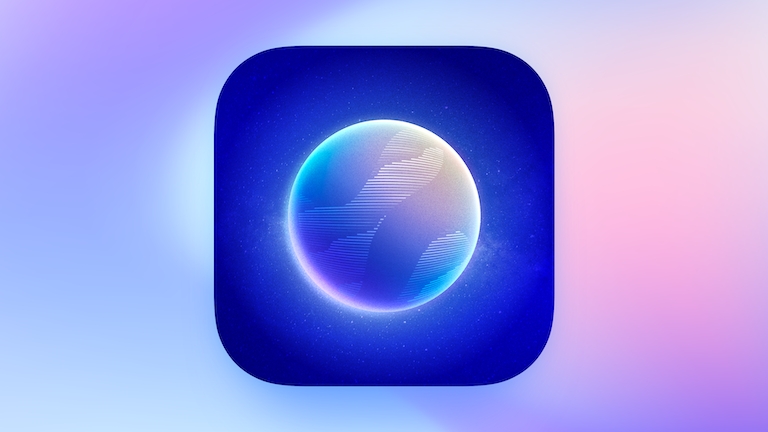
Ramsés Cabello: A designer’s journey to collaboration beyond the canvas
“The journey to effective collaboration starts with communication, and the first step is being conscious of how we talk”
Author
In this post, our very own product designer Ramsés Cabello walks us through his experiences with collaboration in the design field — within and beyond Sketch.
If you’d like a refresher on some key concepts, we encourage you to check out our posts on collaborative design for beginners and best practices for nailing the collaborative design process.
I grew up in Gran Canaria, a small island located on the west coast of Africa. Despite its limited extension, it’s always boasted of a vibrant local design community where designers from all disciplines thrive together. This inviting community allowed me to grow as a designer at my own pace, learning and collaborating with creatives from different backgrounds, identities and fields — including graphic, fashion, interaction and industrial design.
I’ve since lived in many places and currently split my time between Spain, Denmark and Japan. But regardless of where I’ve found myself throughout the years, I always carry those lessons from Gran Canaria with me. And every chance I get, in every new design community I find myself in, I embrace the opportunity to practice and improve my collaboration skills.
In this blog post, I’ll do my best to share with you my passion for collaboration and some of the activities I do to keep flexing that muscle while working at Sketch — giving you an inside look at how we collaborate, communicate and think together.
I ❤️ collaboration
Collaboration has always been a big part of my life, but I wanted to understand where that love came from. Recently, as I looked back on my experiences, I realized that some of my happiest memories were always closely tied to collaboration — from building model toys with my brother as a kid to putting school presentations together with classmates. I always enjoyed working with others and felt fulfilled anytime we completed tasks together as a team.
I also grew up playing games like Final Fantasy and Dragon Quest, which are classic RPGs where you conduct a guild of colorful characters with different skillsets to achieve a greater purpose. My experience with RPGs is not so different from how I think about and apply collaboration in my day-to-day life. At Sketch, I like to think about our work as our purpose and the team as a guild of very interesting people.

At Sketch, I like to think about our work as our purpose and the team as a guild of very interesting people.
Collaboration at Sketch
For me, collaboration at Sketch comes down to three key aspects: interdisciplinary, cross-departmental, and remote-first. I’ll go into more detail below.
Interdisciplinary
At Sketch, every team member has a main focus — such as product management, design, writing, or development — but we are equally as interested in other areas. We’re encouraged to pitch in on anything and everything, even if it’s not our ‘area of expertise’. This way, we can enrich the projects we’re working on with more than one perspective. We also have to keep in mind that everything we do as individuals leaves a global footprint on our product. So while that adds a layer of complexity to collaboration, it’s also a great incentive for wanting to reach out and get feedback on our ideas.
Cross-departmental
Another important value of Sketch’s collaborative culture is working across departments. We work hard to create opportunities and the right environment for everyone to feel welcome to collaborate inside and outside of their teams or departments. One way we do this is by communicating that our responsibilities stem beyond our day-to-day tasks and should include helping and supporting other departments. For us, it’s absolutely normal for anyone to pop into a project channel to ask questions, suggest ideas, or take on an active role in the project.

For us, it’s absolutely normal for anyone to pop into a project channel to ask questions, suggest ideas, or take on an active role in the project.
Remote-first
During the pandemic, most companies feared that migrating to a remote model would hinder collaboration and productivity. But if there’s one thing we know to be true at Sketch is that remote environments come with a set of benefits that actually boost collaboration. For us, having team members from across the globe makes our interactions and discussions richer and more diverse. Working in different time zones also makes it so that we don’t expect feedback and collaboration to happen immediately. Instead, we’re used to holding space and time for colleagues to share their thoughts and elaborate on their ideas.
Of course, collaboration doesn’t come without its challenges — especially for an interdisciplinary team working cross-department and in a remote environment. But there’s one simple solution for any hurdles we may face, and that is communicating effectively.
Meaningful communication
The journey to effective collaboration starts with communication, and the first step is being conscious of how we talk. When we communicate, it’s important that we think about who’s on the receiving end and what kind of message we’re trying to convey.
Working for vs working with
I like to use this small example of how we can move from saying: ‘working for’ to ‘working with’. When we say “I work for this team,” as a designer, you’re placing yourself outside of the equation. When you work for a team, you’re taking on a passive role and allowing for decisions to happen elsewhere.
However, when you say “I work with this team,” you’re including yourself in the group. All of a sudden, whatever the team does or says comes from you, too. Just with this simple semantic change — switching one word for another — the way you see yourself in the context of the team or company changes. When you consider yourself an intrinsic part of a team, you’ll naturally focus on collaboration and feel a sense of ownership towards building, sharing, and making critical decisions.
When you consider yourself an intrinsic part of a team, you’ll naturally focus on collaboration and feel a sense of ownership towards building, sharing, and making critical decisions.
Sharing your work
As a designer, an easy way to start fostering collaboration while working with your team is by making your design process visible. Keeping the doors open to your files and thoughts will encourage transparent communication and help your teammates feel like it’s okay to approach you and share their ideas. This open-invitation approach is the first building block to creating an inclusive and safe space where you can all collaborate and iterate faster.
Respecting everyone’s time
How many times have you walked out of a meeting and thought to yourself, “wow, this could’ve been a screenshot”? In a way, meetings are meant to be the pinnacle of collaboration — a time you set aside to agree on things by bringing everyone together. But something about their format just isn’t conducive to great collaboration.
At Sketch, we’ve taken advantage of our remote, asynchronous culture and have done away with meetings almost entirely. Instead, we focus on making information accessible and keeping everyone in the loop. Every day, we create a lot of different bits of information and share them in whichever format we feel the most comfortable with. Anything from a Sketch document to a text file or even a video recording is fair game. These then become valuable resources for the team that we keep coming back to time after time.
We focus on making information accessible and keeping everyone in the loop.
Organizing your knowledge
Once you get in the habit of sharing your work, you’ll start generating a lot of content — from conversations to documents to mockups. This is when knowledge management comes into play. To keep this content useful, it’s vital that we establish a system within the team that helps us keep all this knowledge centralized and easy to navigate.
Whenever I start creating content around a project, I ask myself these questions:
- How do we record our knowledge?
- Where do we store it?
- How do we find it?
- How can we process this to create new outputs?
These questions help me choose what format might work best for the information I’m trying to share or where I should upload the file when I’m done. In the end, finding a way to organize our resources is as important as any other process within the team, so make sure you’re dedicating the time and effort to manage knowledge effectively.

Here’s an example of how you can envision knowledge management within your team.
Finding a way to organize our resources is as important as any other process within the team.
Thinking together
As designers, we produce resources that offer direction and create a tangible goal for everyone in the team. In many cases, our designs are the first real look at the product we’re creating. Every time we iterate on them — even if it’s asynchronous — we’re illustrating every step in the collaboration process. Whether it’s a quick mockup or a high-fidelity prototype, our designs help everyone stay on the same page, think together, and align mindsets.
In that sense, our work doesn’t exist in isolation in a collaborative environment. Our designs aren’t reduced to simply solving a problem. Instead, they help tell a story about the project’s context and the team’s purpose. As designers, our role in the collaborative process is setting the scene today to write tomorrow’s story.
TL;DR
Every team and project is different, but there are some constants I’ve found throughout the years.
With collaboration, we can…
- Make bigger contributions to projects by integrating designers into other teams. Design is a shared responsibility. Let others contribute to the problem, the process, and the solution.
- Provide a new perspective of the problems and offer a shared tangible goal. Design goes way beyond what meets the eye. Through collaboration, we can consider new perspectives early in the process to solve problems.
- Get closer to our teammates and create a safe space to work. Collaboration is about creating a space where everyone feels welcome, where ideas can grow and where human connections enhance the work that we do as a team.


